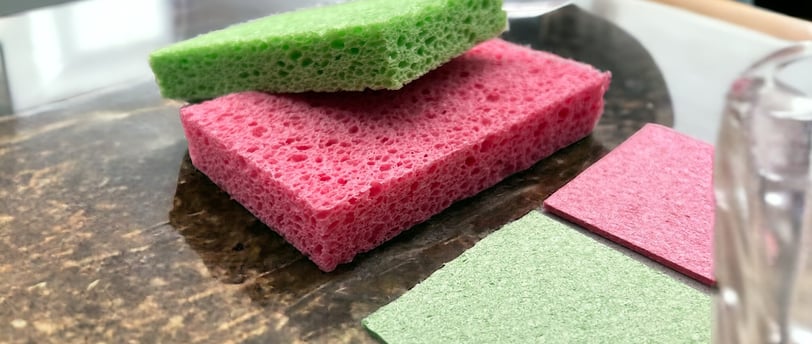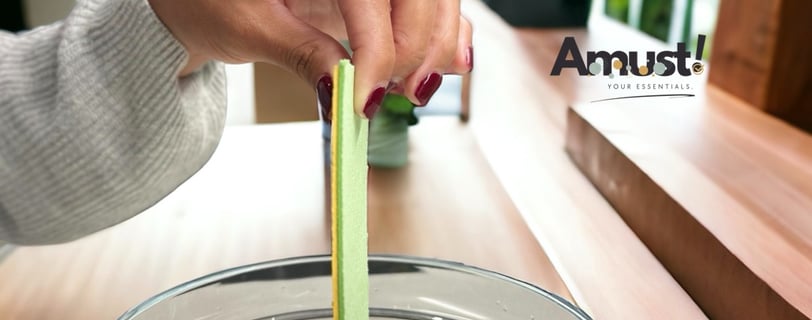Replace Your Dish Sponge at Least Once a Month and Keep Your Family Safe
How to Care for Your Compressed Cellulose Sponges
Tips to Extend Their Life ación.
NatureSponge


Compressed cellulose sponges are eco-friendly, durable, and versatile cleaning tools that can handle all types of surfaces without scratching. With the right care, these sponges can last much longer, reducing the need for frequent replacements and supporting a sustainable cleaning routine. Here are some top tips to help you take care of your compressed cellulose sponges and maximize their longevity.
Rinse Thoroughly After Each Use
After each cleaning session, make sure to rinse your compressed cellulose sponge thoroughly to remove any trapped dirt, grime, or soap residue. Rinsing not only keeps the sponge fresh but also reduces the buildup of bacteria that can cause unpleasant odors. To ensure it’s completely clean, squeeze the sponge several times under running water until the water runs clear. This step is especially important if the sponge has been used for tougher cleaning tasks, such as scrubbing countertops or washing dishes.
Sanitize Regularly
To keep your sponge free from bacteria and odors, it’s important to sanitize it at least once a week. There are several effective methods for sanitizing compressed sponges:
• Microwave: Place the damp sponge in the microwave on high for 1 minute. This quick method kills most bacteria. Make sure the sponge is wet before microwaving to avoid a fire hazard.
• Boiling: Boil the sponge in water for about 5 minutes. This is a great alternative to microwaving and ensures thorough sanitization.
• Vinegar Soak: Soak the sponge in a mixture of equal parts white vinegar and water for 5-10 minutes. Vinegar is a natural disinfectant that effectively removes bacteria and odors.
After sanitizing, allow the sponge to cool or rinse it thoroughly if needed.
Let It Air Dry Completely
After each use and sanitization, allow your sponge to air dry in a well-ventilated area. Place it on a drying rack or stand it upright to ensure proper airflow, preventing mold and mildew from forming. Avoid storing your sponge in damp areas, such as the sink, as constant moisture can shorten its lifespan. Ensuring your sponge dries fully between uses is key to keeping it fresh and hygienic.
Rotate and Replace as Needed
For those who use sponges frequently, it’s a good idea to rotate between two or three sponges. This rotation gives each sponge ample time to dry and recover between uses, reducing wear and tear. Compressed cellulose sponges are durable, but they should still be replaced approximately every 3-4 weeks, or sooner if you notice any signs of wear, like thinning or tearing. Regularly replacing your sponge ensures effective cleaning and minimizes bacterial growth.
Store Properly When Not in Use
When not in use, store your compressed cellulose sponge in a dry, clean container or drawer. If you’re traveling with it, keep it in a breathable pouch to prevent trapped moisture. Storing it properly helps to maintain its shape and prevents it from absorbing unwanted odors or bacteria.
Taking good care of your compressed cellulose sponges not only maximizes their lifespan but also ensures a cleaner, more sustainable approach to home cleaning. By rinsing, sanitizing, air drying, rotating, and storing your sponges properly, you’ll keep them fresh and effective for longer. With just a little maintenance, compressed eco-friendly sponges can provide an eco-conscious solution for all your cleaning needs.

